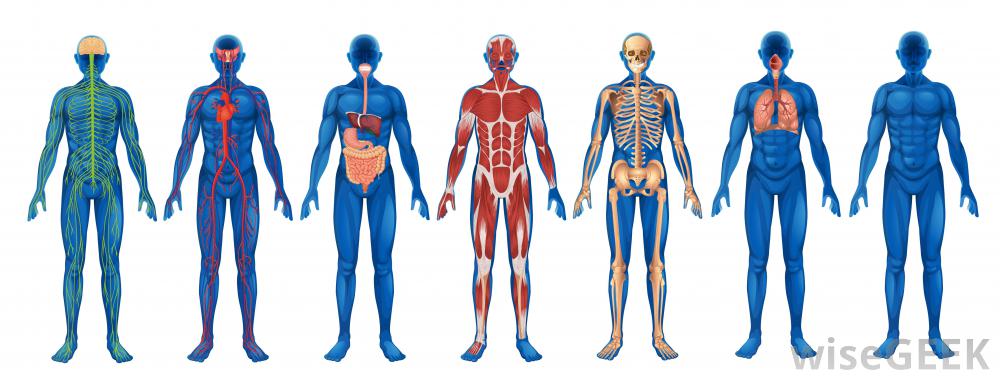
Image credited to Dr. Joe Tatta
At Brian Dorfman Kinesiology we have been successfully resolving pain for over 30 years using time-tested, consistent, and effective protocols. Over 90% of our patients improve rapidly and are able to resume their everyday activities, athletic pursuits, travel and recreational activities. Meanwhile, patients in the modern medical establishment are experiencing dismal outcomes. Conventional medicine’s inability to resolve common causes of pain and discomfort has created the largest epidemic of our time: Opioid use and abuse is a tremendous problem here in the United States. The numbers are astonishing:
- Sales of opioid medication rose 400% between 1999-2014. (CDC)
- 1 in 4 Americans used prescription pain killers in 2016. (NY Times)
- 1 in 4 who use opioids become addicted. (New England Journal of Medicine)
- Opioid overdose is the leading cause of death in the US for people under 50, killing more people than car accidents, homicide and HIV. (NY Times)
- In 2016 opioids killed more than 59,000 Americans. (NY Times)
- In America, 91 people die each day from opioid overdose. (CDC)
While you’re wrapping your mind around these numbers, it’s important to understand one part of the equation that is rarely talked about. According to Tom Frieden, MD, Director of the Centers for Disease Control (CDC) from 2009-2017, opioids do little to actually reduce the amount of pain and may in fact worsen pain and functioning.
So, in a nutshell, opioids are dangerous, addictive and often deadly; they are ineffective for resolving chronic pain, and may actually make things worse. So why are doctors prescribing them and why are patients taking them at a record pace?
There is certainly a legitimate use for opioids. For hundreds of years, these medications have been used appropriately for severe pain. They were prescribed, for example, in end-of-life situations, for brief, post-operation care and with acute injuries. Anything outside of those short-term pain management situations was never considered by medical professionals.

image credited to Exostar.com
Things changed in 1996, however, with the advent of Oxycontin and the promotional blitz, aimed at doctors and patients and financed generously by drug maker Purdue Pharmaceuticals. This aggressive marketing campaign exaggerated the benefits of the drug while ignoring the risks. Prescriptions soared in the first year. Within five years, Oxycontin was the best-selling narcotic pain reliever in the country, and treatment admissions for primary abuse of prescription opioids had increased by 186%. Furthermore, The National Survey on Drug Use and Health reported that the number of first time abusers of prescription opioids nearly quadrupled between 1990 and 2004 as these drugs became the doctors’ go-to treatment for moderate pain anywhere in the body.
When people are in pain they are often willing to do anything to get rid of it, because pain does that to us. Somewhere in this story is the real acknowledgement that pain puts our brain in an abnormal place: It exhausts us, consumes our day, keeps us from doing the things that we love. Pain makes us susceptible to things we’re not normally susceptible to. Most people who become addicted to opioids are normal people who happen to be experiencing significant pain and discomfort. They tried to do the right thing, to get help from their doctors, but that help was opioids and it was seriously misguided.
These drugs are so alluring, and so popular, because the modern medical establishment has no real answer for chronic pain, a condition which affects 100 million Americans. Doctors are prescribing opioids because they don’t have the tools to resolve common causes of pain. That’s why we have the model of “pain management” instead of “pain resolution”. Doctors are not being educated about treatment options which fall outside of their medical school curriculum. And unfortunately, it seems that this education focuses on pharmacological treatment of pain, which does little to address the underlying causes.
That’s where we come in. From the first appointment at Dorfman Kinesiology, our therapists work to address and remedy the cause of the pain. We are trained to quickly and accurately assess patient concerns and provide first rate, hands-on care. And we’re not the only ones. Many holistic practitioners spend entire careers successfully treating pain without drugs.

One of the keys to our success is that, as holistic practitioners, we don’t simply isolate a particular area, but rather look at the connected anatomy and physiology, such as:
- Muscles and tendons
- Bones and ligaments
- Joints and discs
- Circulatory system
- Lymphatic system
- Nervous system
- Respiratory system
- Digestive system
Effectively addressing these inter-related systems allows for a resolution of the basic conditions that create pain and discomfort for the majority of people in a non-hospital setting.
With a hurt knee, for example, we evaluate the whole leg in order to determine which factors may be contributing to the pain. We assess the movement and condition of the knee joint, of course, but also of the calf, thigh, inner-leg and hip. We look at posture and ergonomics. We offer expert, hands-on treatment. We also acknowledge the patient as a valuable resource in resolving the problem and enlist their help right from the start. Treatment does not cease when a person walks out the door, but instead, the patient is taught therapeutic exercises and self-care techniques that he or she can do at home to continue their healing.
While opioids can be helpful and useful, they are also risky, highly addictive and have serious side-effects. The practice of using opioids for basic pain management is not smart medicine: It has greatly contributed to the epidemic we are witnessing today. If you are experiencing chronic or acute pain, I invite you to consider all the options. Contact Dorfman Kinesiology for an appointment today, and you too can begin to feel better forever.

Stellar article on get reasons to seek a professional knowledgeable of solutions beyond opioids.
Thanks for your relevant information.
This is a meaningful, useful perspective and, I think, too little focused on in the ongoing national conversation. Thank you for your thoughtful, articulate presentation. I hope many will come across it.